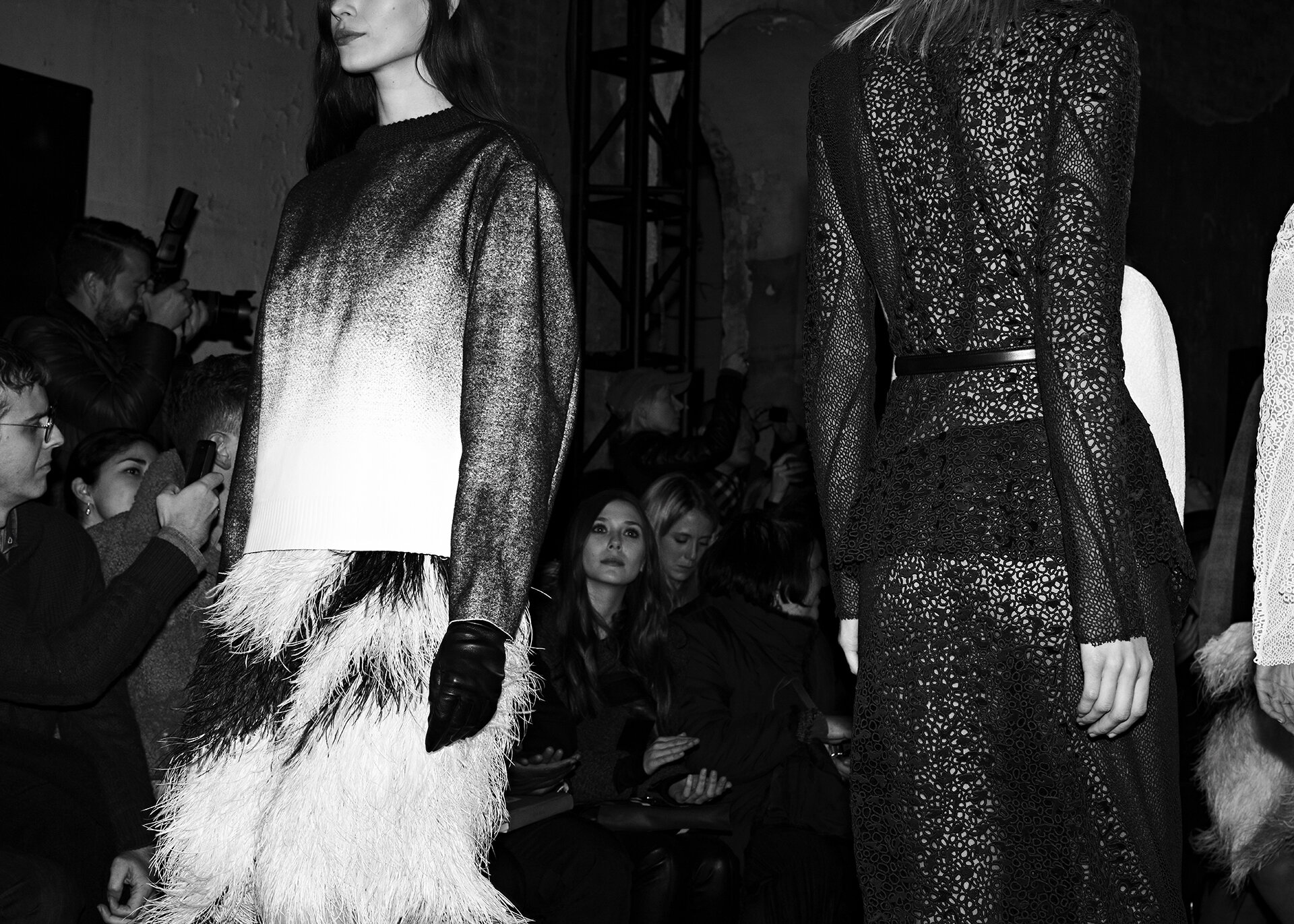Celebrates women’s confidence, freedom, and strength
Interview & Words: Elisa Routa
Photos: Ulrich Knoblauch
“There was no fashion magazines where I came from, only farm magazines and local sort of things.”
Ulrich Knoblauch is not your typical fashion photographer. He describes himself as a farm boy. As a child, he loved running around the fields, the hills and the surrounding mountains situated near Cape Town. Knoblauch began his interest in photography by observing the shapes of clouds floating above his native country. He was never home, roaming around nature, his eyes glued to the lens, capturing the landscape.
Years later, the South Africa-born photographer managed to keep this precious fascination for freedom intact. He mixed it with the clean aesthetics found in European and American fashion publications and turned it into a visual identity. Now based in a seaside village near Cape Town, living with his wife and his two daughters, Knoblauch’s body of work holds a sense of honesty. Not only towards himself, but most importantly towards women, who became his favorite subjects. “The women in my pictures represent the kinds of women I have in my life. They are strong, they represent an inspiration to other women.” Inspired by Richard Avedon’s images, Knoblauch’s work tends to reveal the strength of women. As opposed to vulnerability, Knoblauch has been using nudity to promote confidence, self-love, the power of decision-making, and freedom.
Known for his positive energy, his joyful soul and remarkable work, Ulrich Knoblauch has been regularly shooting for leading fashion brands and publications such as Givenchy, Margelia, Self-Service, Elle, Marie-Claire, and Dazed. Available between two working trips abroad, I called Ulrich Knoblauch on WhatsApp. As a photographer and a father of two girls, we talked about his vision of women, not as lifeless beauties nor coat-hangers but as sources of inspiration.

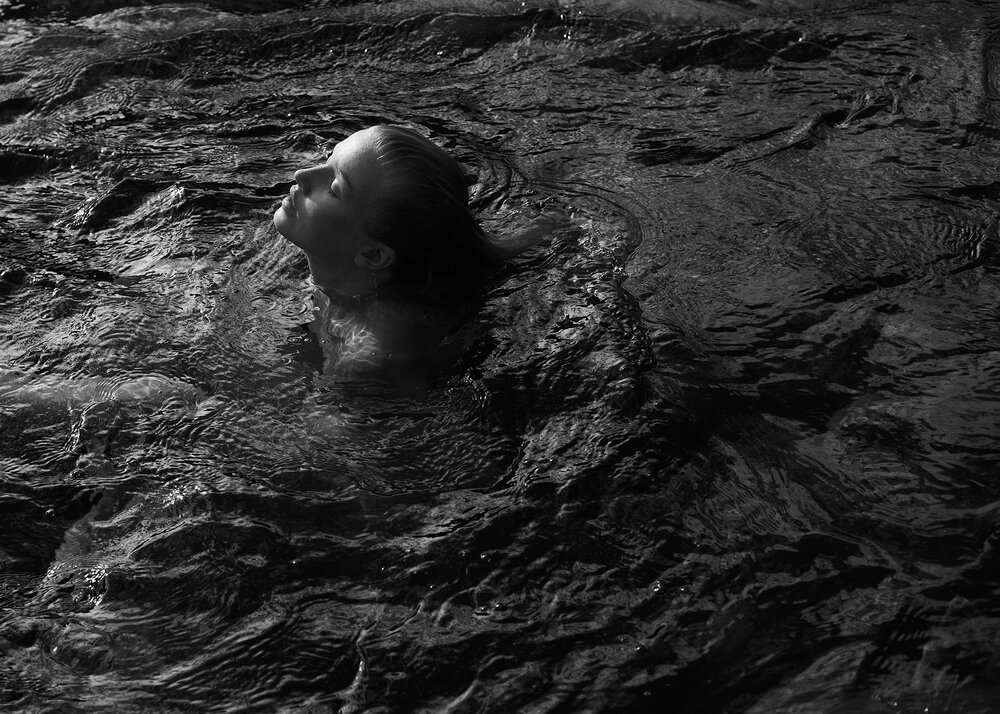

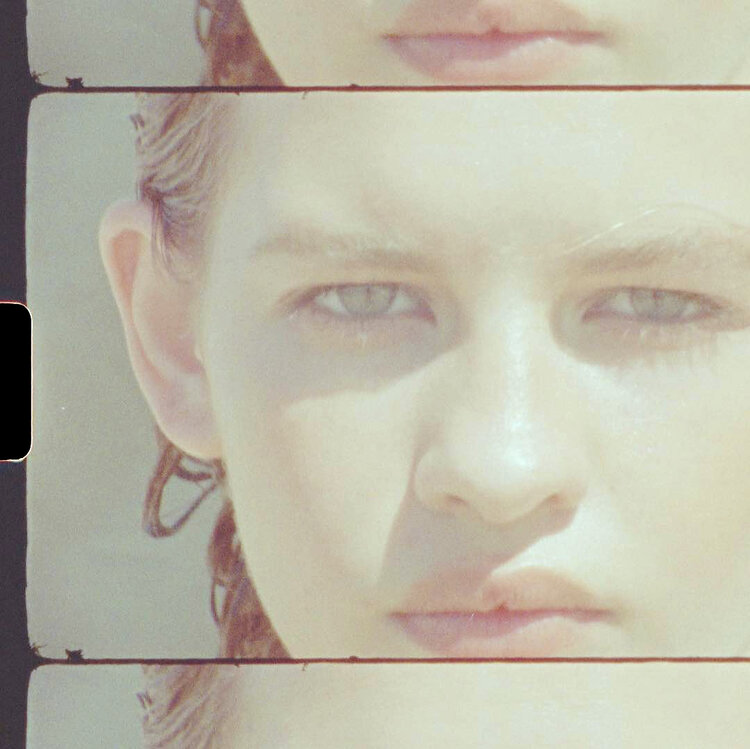

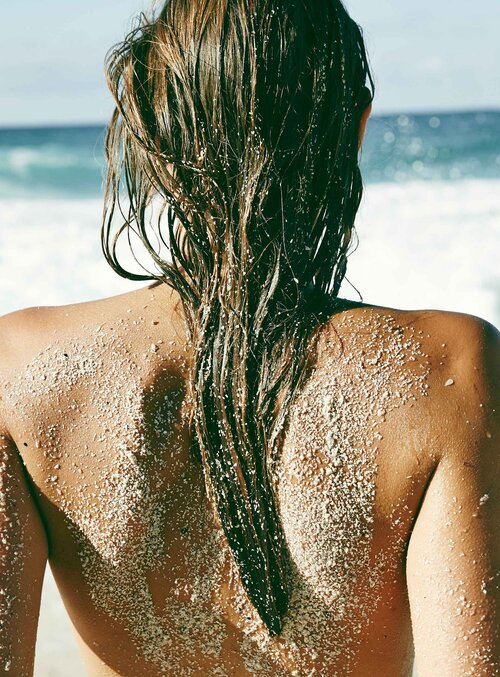

Hi Ulrich, can you tell us a bit about your background?
I grew up on a farm near Cape Town. So I’m a farm boy! I was gonna study law so I went that route and eventually ending up not doing the law course. My mother asked me « What are you gonna do with your life? Why don’t you try photography? » I thought it was a brillant idea because I always had a camera with me when I was little. I did a short course and I was stuck. I was already 25 at the time so I think my mother was so desperate for me to do something! It was a combination of desperation and mother’s intuition. She must have known even if I had personally never considered photography as a career. I wasn’t surrounded by Vogue, there was no fashion magazines where I came from, only farm magazines and local sort of things. But she was right.
_
What was it like to grow up in South Africa and especially on this farm in Riviersonderend?
It was beautiful. I grew up just two hours outside of Cape Town. It’s just rolling hills and mountains. I loved the freedom as a child. My parents just let us do whatever we wanted on the farm. We didn’t have to be home at a certain time so I would be out all day. I was never home and I was so free. That’s the beautiful thing about living in South Africa: you have that sort of space there to roam around and be free.
_
What did you dream of as a kid?
I can’t remember but I know that I always had my camera with me and I loved taking pictures. So I guess in a way that a lot of it occupied my mind. I was always walking around, playing with focus, taking pictures of fields and trying to make clouds look better. I would go home and try to find ways to develop. I guess subconsciously that molded what I dreamt.
_
When did things turn seriously for you?
For a few years, I assisted. For me, the turning point was Self-Service magazine. Claire Thomson was the editing, she’s Paris-based. I had a model friend, she was 16 at the time and she was doing a campaign. As a young photographer, I said to her « I would love to see what it’s like to shoot backstages. » She replied: « Well, you can be my chaperon ». I booked a ticket for New York, I did a couple of pictures backstage during a Marc Jacob’s show and sent them to everyone — ID, Dazed, and Self-Service. No one responded except Self-Service magazine. I called Claire to the office in Paris and she said, “Come over in January and let’s see where it goes.” They loved the pictures and that led to collaborations with everyone now. I worked for Givenchy a lot, I did some stuff for Nina Ricci, Mugler, Zara… All of these people contacted me directly from what I did backstage with Self-Service, so the day I called Claire at the office was the day my career changed.

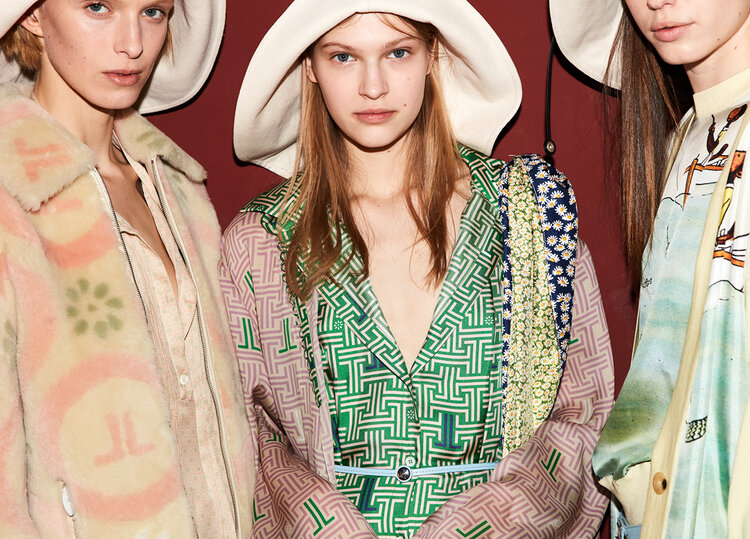

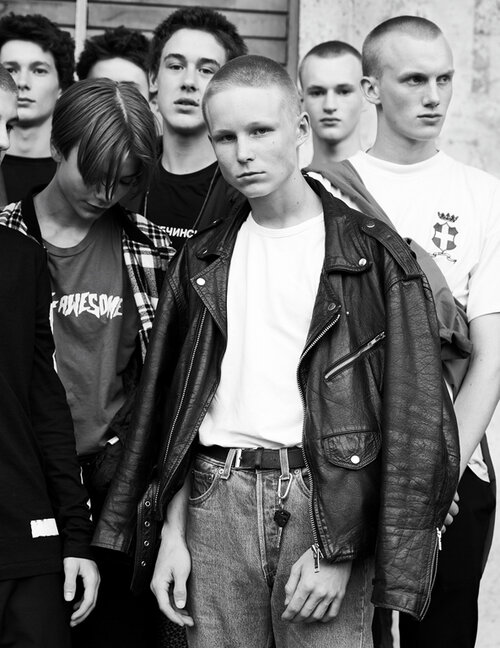
“ We didn’t have access to all the great models in South Africa. So I was introduced to fashion through a frustrating process.”


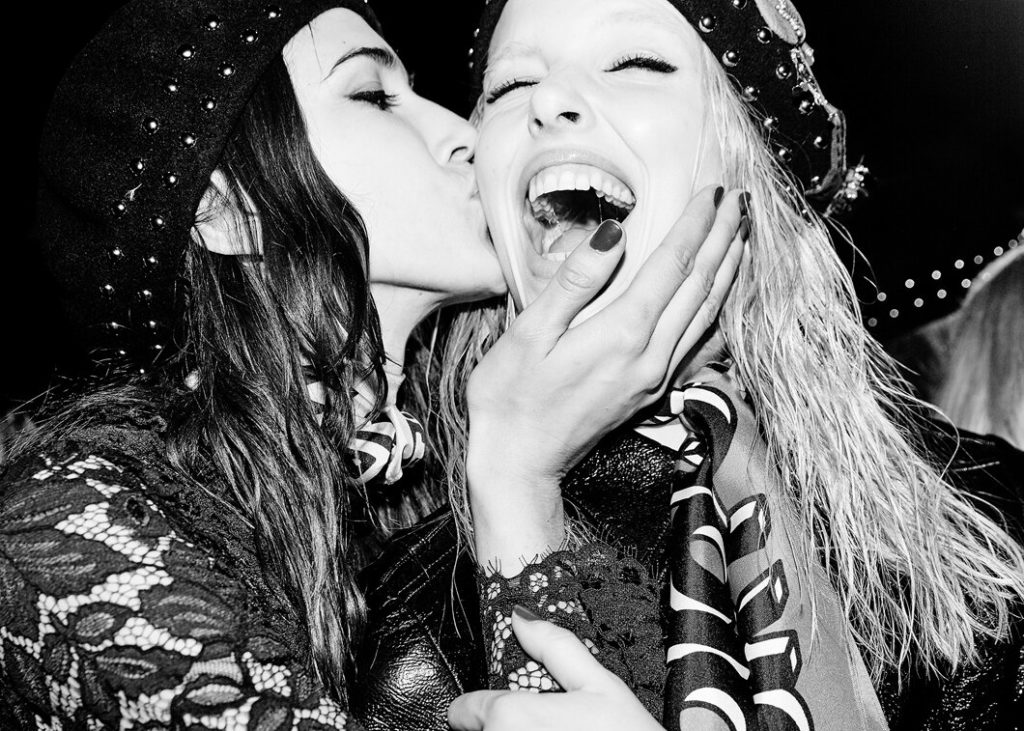

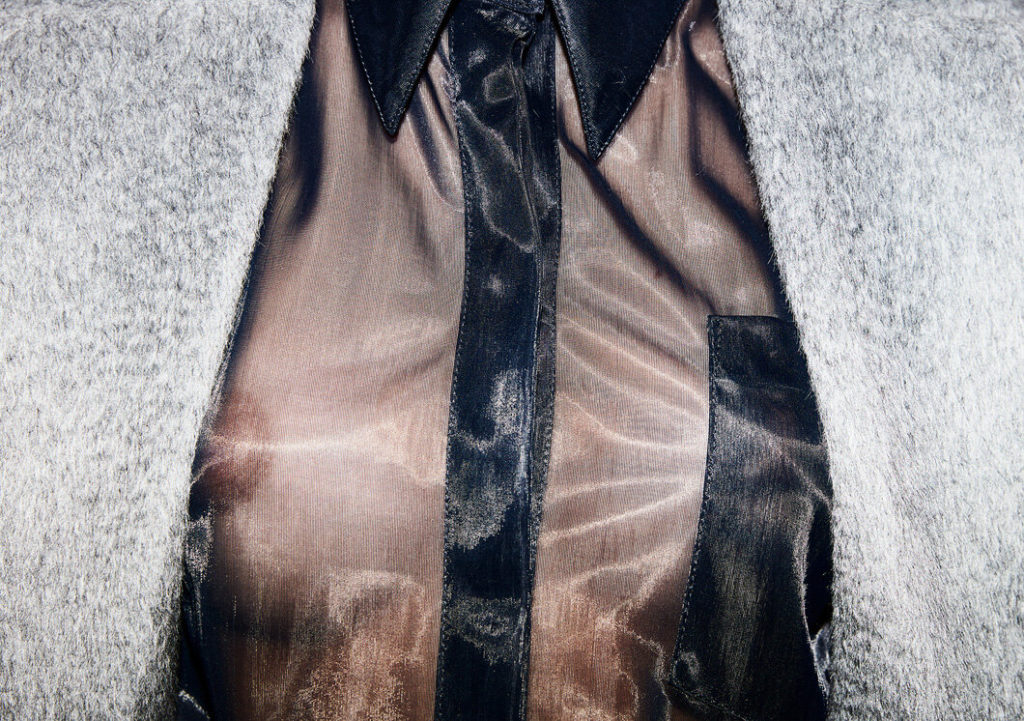
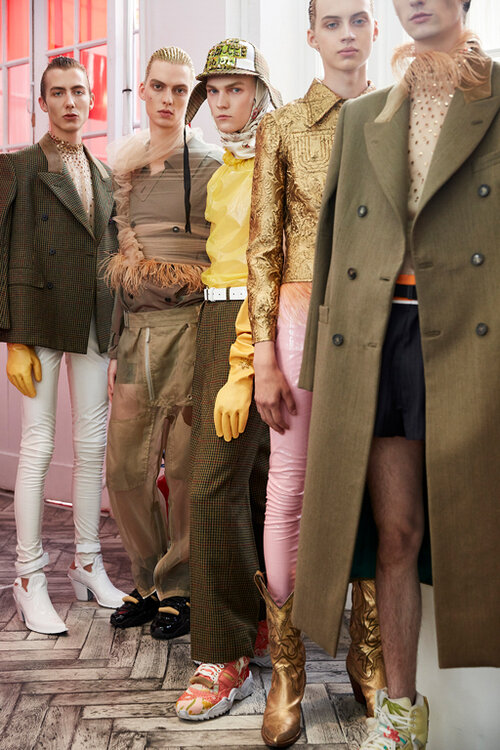


Was it the very first time you got introduced to fashion?
I’ve been introduced in Cape Town, doing editorial at Elle magazine. We didn’t have access to all the great models in South Africa. Every time models had an opportunity, they would go to New York or Paris anyway. So I was introduced to fashion through a frustrating process. When I sent those pictures to New York, it was absolutely my turning point.
_
What does fashion mean to you today?
Fashion moves so fast. From a photography point of view, I love beautiful pictures so, for me, fashion, and also my personal projects like the nudes I do, play such a big role. But there’s so much editorial photography at the moment. The trends today are not the ones I was looking at when I started. I’d love what Jacky Mazel and Richard Avedon did. Those pictures were inspiring and beautiful, but the trends today are a long way from that. To me, that’s not how I see fashion. From my point of view, fashion is an actual tool for photography. I see fashion as a way to make beautiful pictures. I love beautiful clothing, I love the fabrics, and I learned about the details. I also learned about the construction of fashion, this sort of architecture of clothing. To me, that was inspiring and that was a big learning. As I said, I didn’t have the background of fashion at all, so to get all this access from Self-Service and the opportunity to be shown the collection before the shows, as well as the work with the designers, really picked my interest even more.
“I’m all for showing strength. The women in my pictures are strong, they represent an inspiration to other women.”
How did you end up shooting mostly women?
I love women, I love beautiful pictures of women, and I love positivity. And women are positive and strong. That’s why I enjoyed doing the “Swimming Girls” project so much, because it was never sexualized. This personal project was just really about cool women. I think the women in my pictures represent the kind of women I have in my life. I don’t have sisters but I have more female friends than guys friends. I also have two daughters and while they’re growing into women, I want them to be positive, confident, and strong so they can do anything. I’m all for showing strength. The women in my pictures are strong, they represent an inspiration to other women.
_
Is it important for you to avoid stereotypes, and would you say in that sense that you’re using photography as a form of activism?
Subconsciously yes. In an interview situation like this, and when I think about my pictures or when I have an opportunity to discuss what I feel about it, I guess it’s activism but I’m definitely not a loud hard activist. I don’t preach and talk about my pictures. I don’t say ‘“This is what I think or this is how women need to look”. I’m not a loud activist but I’m very particular in my editing process and the women I surround myself with in my pictures are strong. Concerning nudity, especially in the “Swimming Girls” project, it’s not a photographer asking a girl to take her clothes off, but the girl wanting to take her clothes off. When I take a picture of that, I make sure it really shows her confidence. It shows that she’s happy, she’s free in a space, and she wasn’t told by a male photographer to do something she might not otherwise do.
_
Through female bodies and shapes, the nudity aspect seems important. Would you say your body of work, including your personal projects, is an ode to fun, self-love, and freedom?
Yes, I think so. They are happy pictures. They’re an extension of what we feel. I think the whole group of people in these pictures are all really easy-going and positive people. I think the essence of those pictures is really about celebrating life. It’s just being in the moment.
_
It seems that spontaneity is a big part of your work, doesn’t it?
Spontaneity is a huge part of my work indeed, especially with the “Swimming Girls” project. We literally decided everything the night before. These pictures are a celebration of freedom and spontaneity. They’re about running about, carefree and unhanded. The process was very organic so I guess it does have that childhood thing where everything happens organically. We didn’t reference these pictures, we just went to the seaside and to a lake. Whatever happened that day is what happened.
_
According to you, what is the role of a photographer today?
It’s so hard because at the moment, the role of a photographer is just to produce whatever the clients want. Just a few people take the time to shoot personal work. In the world of e-comm, I really think the role of a photographer is a tool for other people. But the role of a photographer in my dream world would be just to create beauty, inspire people, and have conversations about beautiful things. I love the reaction when people look at pictures. Not everyone could do it but everyone can appreciate.

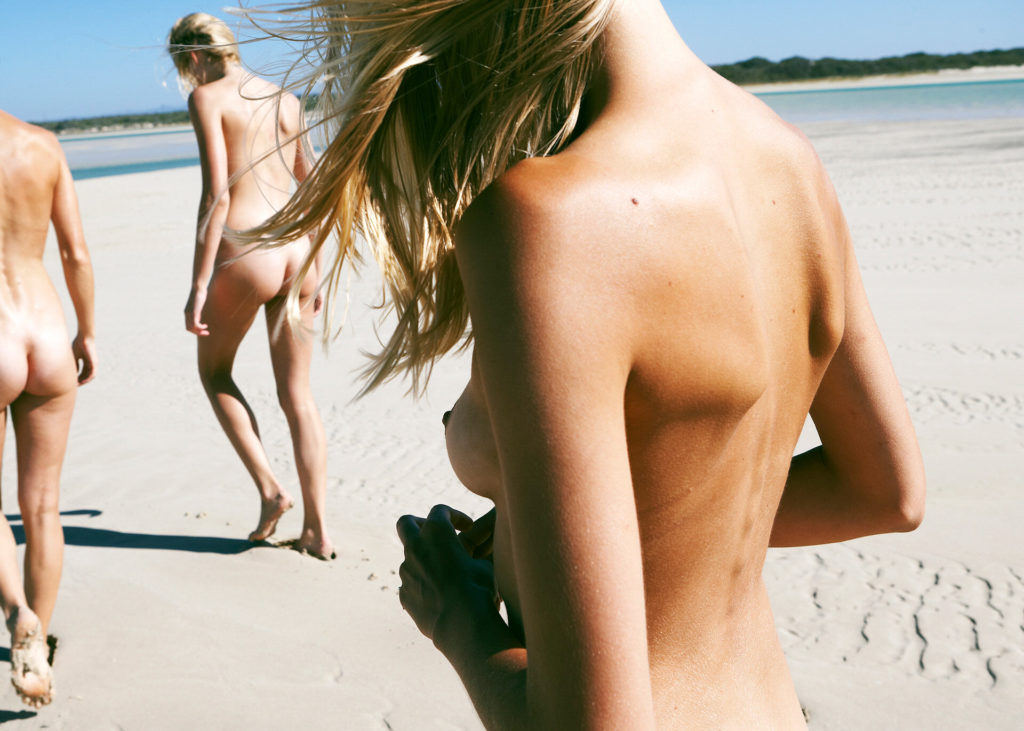

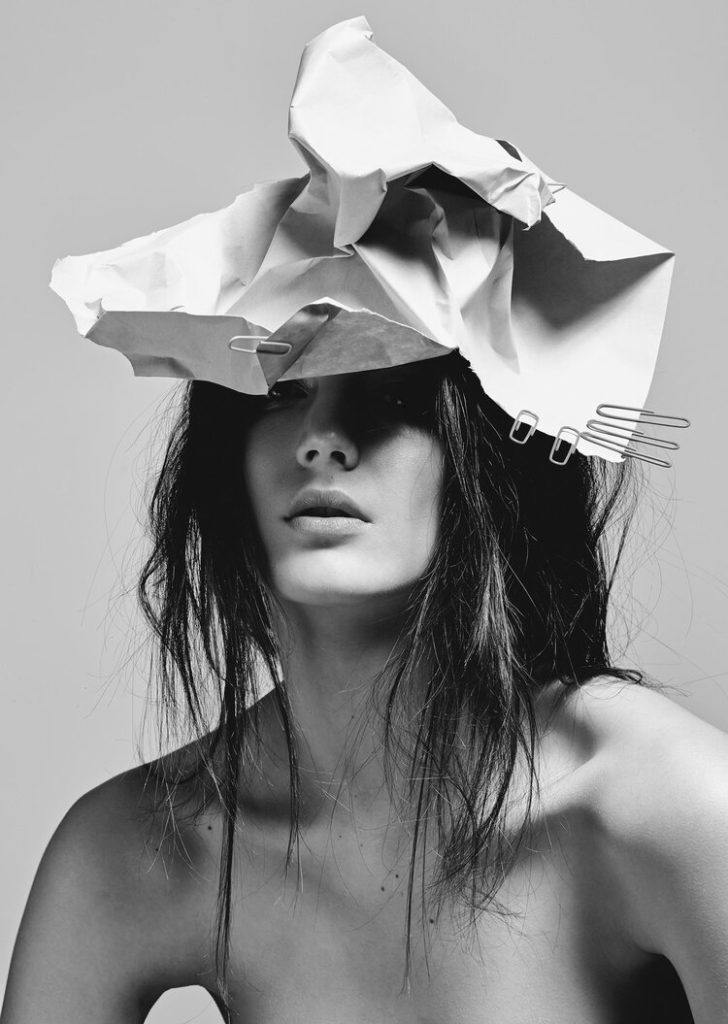
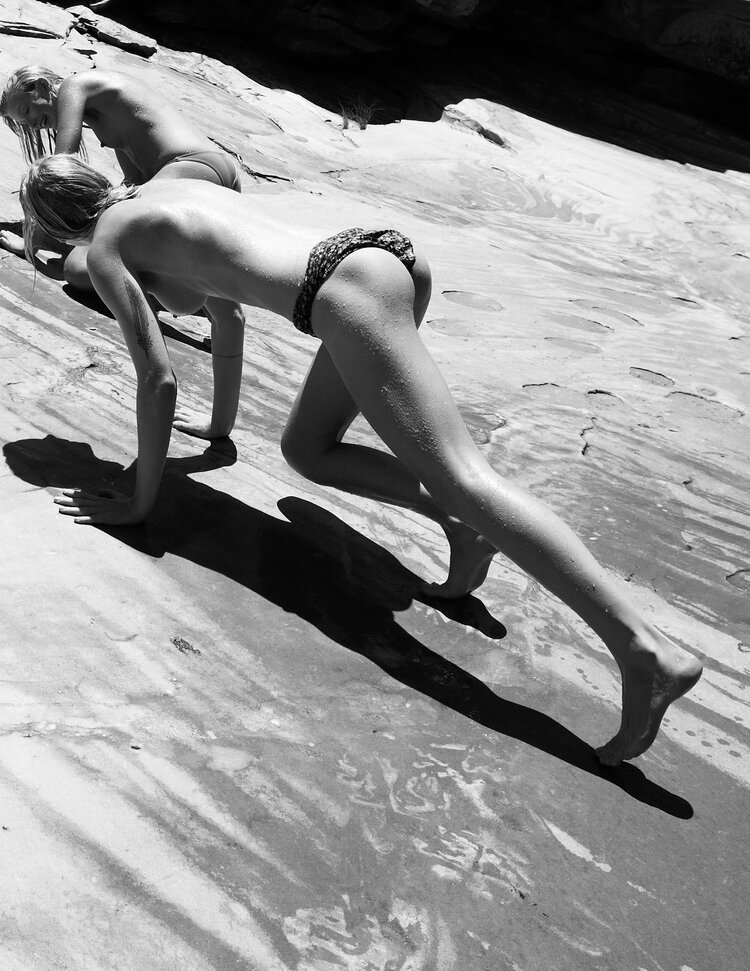

“Because they don’t have an outlet in magazines, the young generations in South Africa are making up their own stories much more than we did.”

Is it the reason why you keep on doing personal projects?
Yes, especially in South Africa. When I go to Europe, doing fashion and shooting editorial is amazingly creative, and that feeds my quest for stimulation. But in South Africa, staying creative and positive is difficult because the commercial side down here prevails over creativity, and the quality is not great. It’s essentially great money but it’s really inspiring to see the young guys in South Africa at the moment because there’s no editorial in the country. Elle magazine closed down, Marie-Claire closed down. So because they don’t have an outlet in magazines, the young generations are making up their own stories much more than we did, which is really amazing to see. For example, I have two assistants who shoot, they have two cameras with them everyday, they go on road trips across South Africa and shoot everything they see. They do amazing works.
_
In which way does your South African identity influence your work as a photographer today?
In my case, not much because when I started to be interested in pursuing photography, all the imagery that fed my mental library were from the magazines I found overseas. My specific way is definitely inspired by the Vogues, the ID magazines and things like that. My identity as a photographer was shaken by the European and the American way of seeing magazines. For the young crowd though, there is a very good energy in Africa at the moment. The young ones document their friends, they show what it is to be African and what it is to live here, better than I do.
_
Who or what represents an inspiration for you?
I grew up looking at every Richard Avedon picture, I also love Jacky Mazel, Guy Bourdin and Helmut Newton. I like the way Bruce Weber shows women, I like the way the 1990s Mario Testino women were strong, especially the early hard flash happy pictures of Kate Moss. I really love the women in these pictures. I like what Harley Weir is doing at the moment but, again, it’s a different kind of pictures that I grew up with.
_
You’ve been collaborating with some great names within the media industry, like Self-Service and Dazed. What are you the most proud of so far?
If I had to say what I’m proud of, it’s not necessarily a body of work but it’s the fact that I had the opportunity to collaborate with Givenchy, Margiela and all of those people coming far from Cape Town. If you had told me 10 years ago that it would be the case, I would not have believed you. I’m proud of that. Of course, there’s the work I shot for Self-Service I’m proud of. I’m also proud of my girls pictures, I love them. They’re kind of me.
_
You’ve been traveling all over the world and finally went back home. Why did you decide to settle in Cape Town?
We recently moved out of Cape Town to a seaside village. It’s amazing, I think it’s about 16 permanent residents. We live in an holiday house. The life here… my daughters and my wife love it. She’s always been mad about the country. I used to go there growing up as a kid. There’s traffic in Cape Town and we travel the world anyway so it was better to go from a seaside village to the airport, than from Cape Town to the airport. Living in South Africa allows more space than living in Paris or in London. To raise my kids in Paris would make me a little bit more nervous than raising them here. They’re free here, they have space, they have a garden and it’s just the way it is.

“My kids have always been involved in what I shoot, so it will pique their interest. They’ll go and explore Europe some day.”
Do you pay attention that your daughters know a bit more about the world they live in?
Absolutely. I just want my daughters to be interested. We take them everywhere; to the restaurants, on trips, everywhere. They are interested. My daughter talked about the Eiffel Tower the other day, and she’s four years old. She was trying to tell my grandmother about the Eiffel Tower but she couldn’t remember where she saw it! (Laughs) So I showed her on the map. We just want to involve them as much as we can. My kids have always been involved in what I shoot, so it will pique their interest. They’ll go and explore Europe some day. I’ve taken them to Paris a couple of times, so they’re definitely aware of what’s going on outside of their fishing village.
_
How do you juggle a career as a photographer and a life as a dad?
I don’t like it to be away from home a lot. The rest is fine. I’m fortunate to have free time with them as well. It has its ups and downs. The best part is the travel but it’s also the worst part. It’s the only concern I have as a photographer dad. The rest is pretty amazing!
_
What’s next for you?
That book of the “Swimming Girls” need to come out this year, that’s my immediate goal. Then, I just want to spend more time looking for new people. That’s always the drive; go, meet new clients, use my network and things I’ve gained trough Self-Service to grow my career.

This conversation has been edited for brevity and condensed for clarity.
